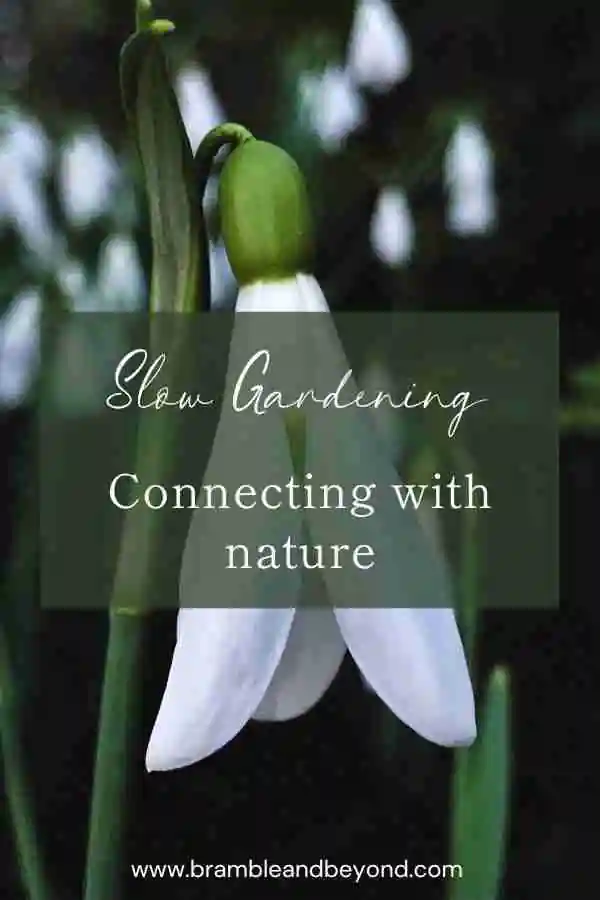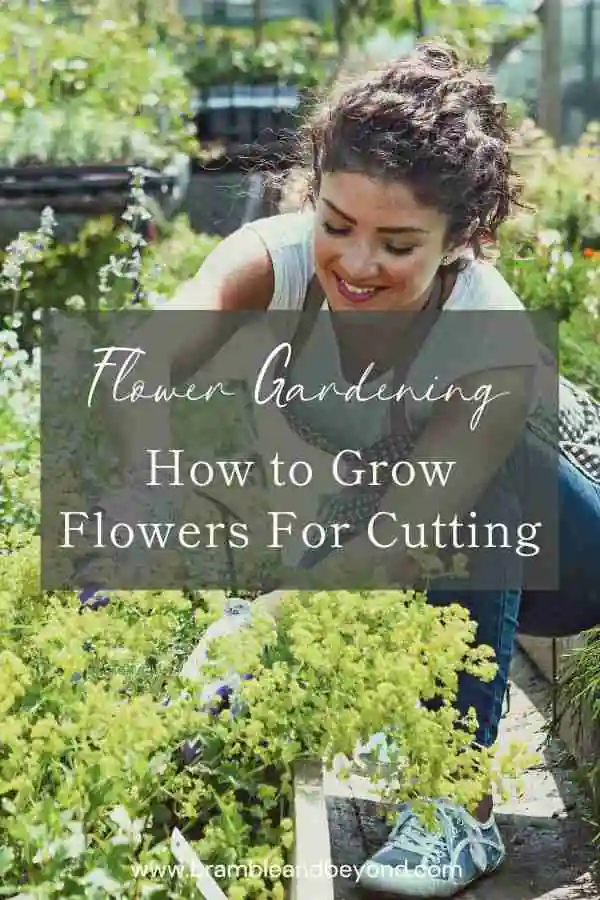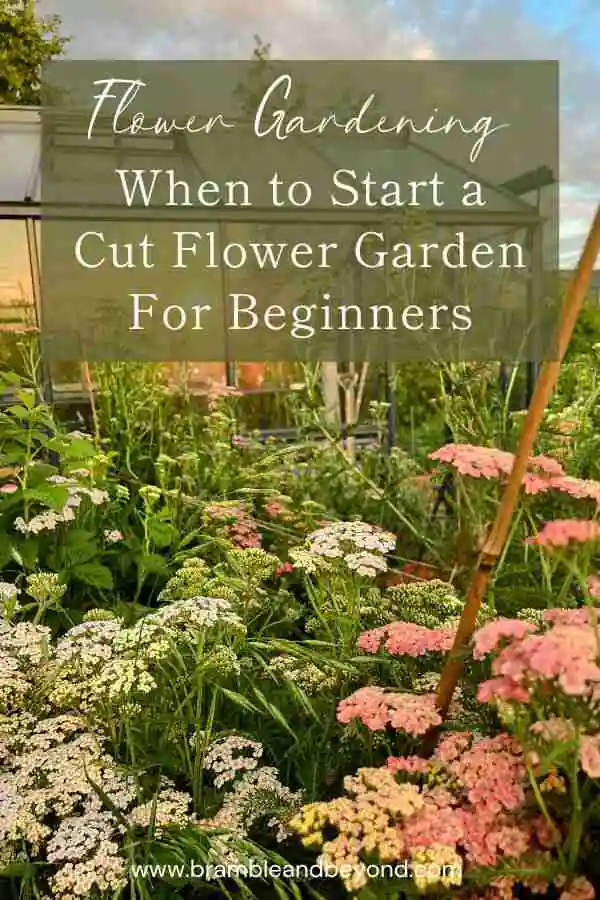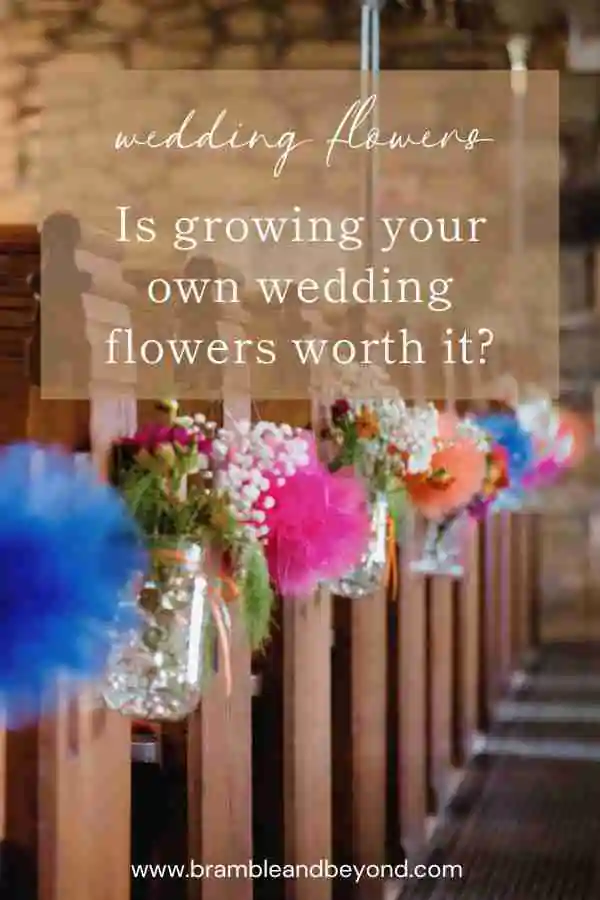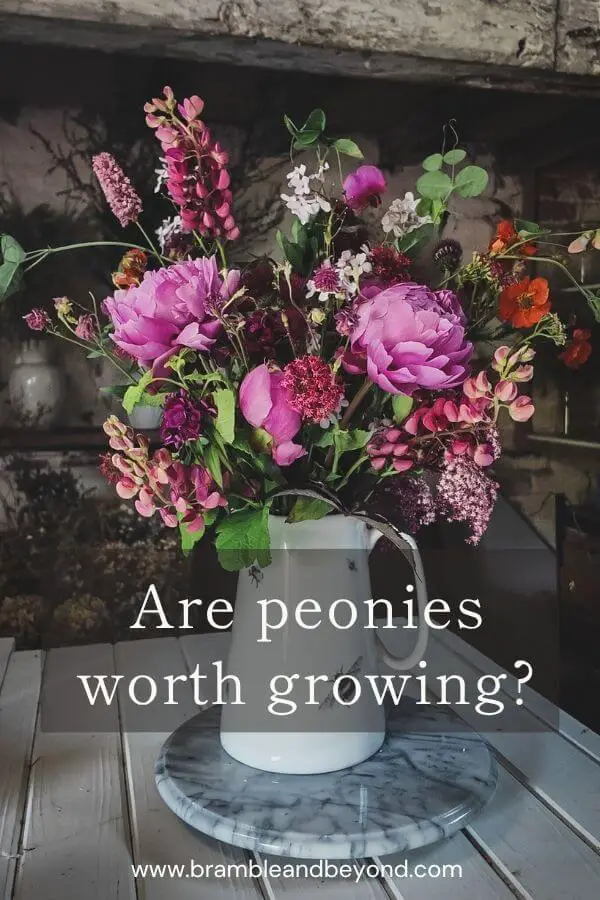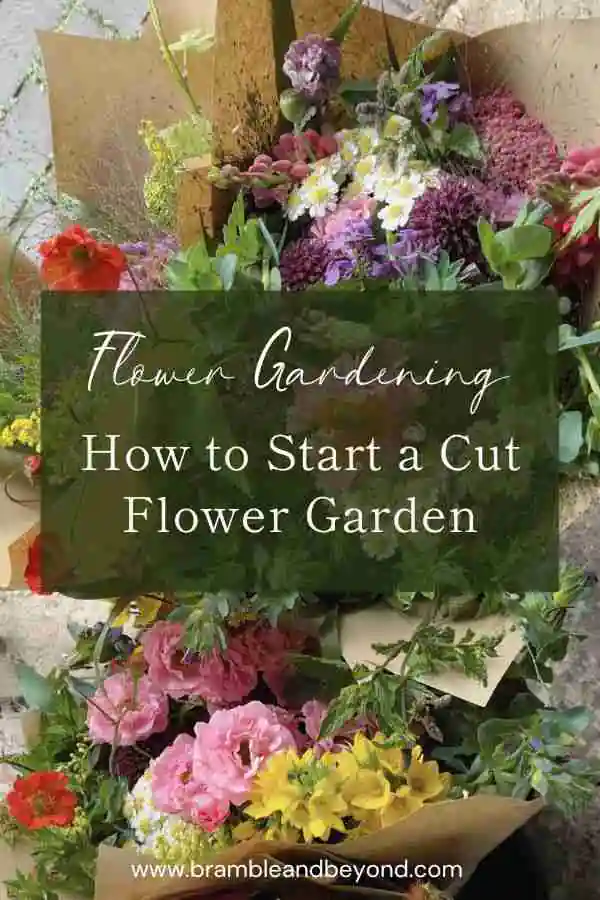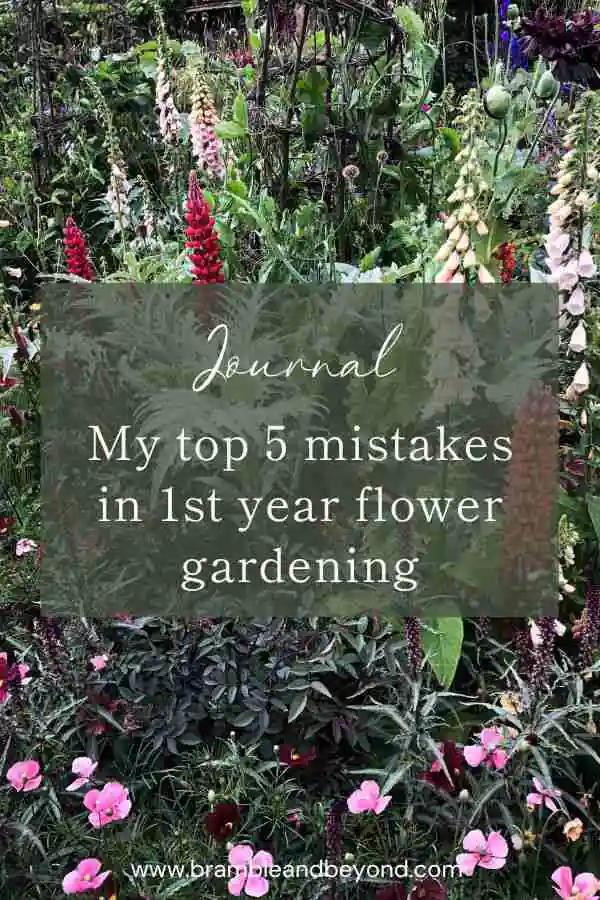Disclosure: This post may contain affiliate links, meaning I get commission if you decide to make a purchase through my links, at no cost to you. Please read my Affiliate Disclosure for more information.
I grew up in a northern city in the UK, in a victorian terrace with only a backyard as a play area. I say that not for you to feel sorry for me, but to remind myself that appreciating the garden I now see outside my kitchen windows, is a privilege. The fact I grew up where gardening was non existent, never mind the thought of slow gardening, makes me feel a bit of an imposter. Gardening wasn’t in my roots. But we all grow and evolve and what was a truth in the past, need not be how I choose to live my life now.
The thought of not having a garden now is a some what impossible concept. Even if I lived in a high rise flat I think I would have to create a green oasis somewhere, even if it’s just a shelf in my bathroom. And that, dear friends, is the root of slow gardening, it’s about finding comfort and joy in the small things in nature, and the big things will take care of themselves. No matter how big or small your garden is.
Slow gardening is not just a trend; it is a way of life for those who appreciate the beauty and tranquility of sustainable seasonal flower gardens. By embracing the art of patience and connection with nature, you can cultivate a garden that not only flourishes but also brings joy and fulfilment to your daily life.
What is slow gardening?
Let me clarify something for you – slow gardening doesn’t mean being lazy, it simply means working in harmony with nature to maximise the potential of your garden instead of fighting against it. You might be concerned that having a wildlife-friendly garden would result in a messy-looking space, and I must admit that my own garden is not perfectly tidy, but you can definitely achieve a beautiful look that brings you joy.
In our fast-paced world, where immediate satisfaction is often prioritised, slow gardening offers a refreshing alternative. It invites us to take a step back, slow down, and fully enjoy the process of caring for our gardens. It’s about creating your own dream garden that embraces the changing seasons and the wonders of nature; a sanctuary that fills you with a sense of tranquility and contentment.
At the core of slow gardening is the belief that gardens should be a refuge, a place where we can escape the pressures of daily life and find solace in the natural world. By embracing a slower approach to gardening, we can cultivate an environment that promotes mindfulness, encourages sustainable practices, and nurtures a deeper appreciation for the beauty of nature.
Slow gardening is subtle and considerate, gently steering and nurturing the garden rather than bullying it into some kind of chorus-line display.
Monty Don
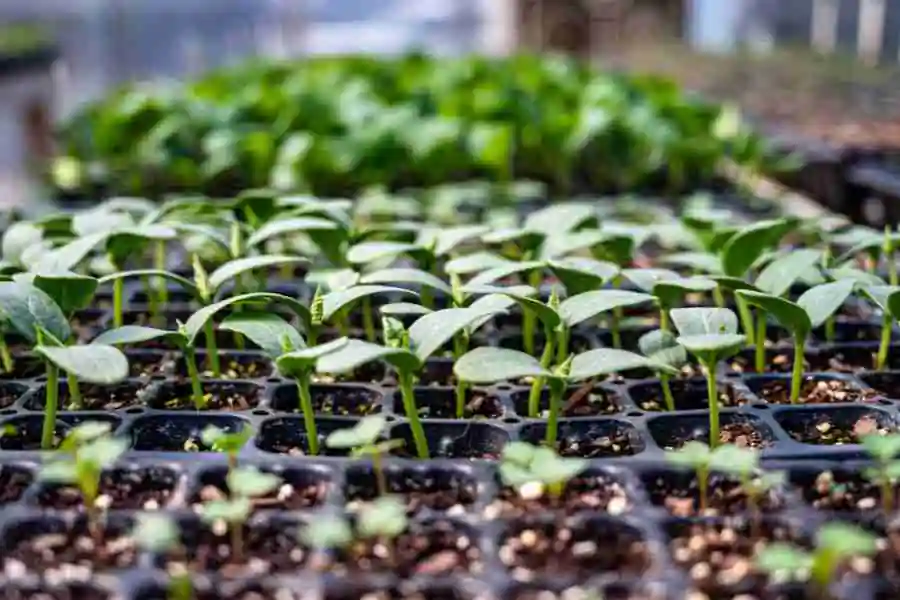
The joy in seasonal gardening
I know, as a gardener, there is a beautiful routine and rhythm to gardening. Just like the changing seasons, gardening can’t be hurried, and it is this rhythm that you embrace to set your expectations. The joy lies in the process, and the secret ingredient is patience. Oh, but the sheer delight when you witness a seed pushing its first shoot through the soil, followed by the pleasure of seeing it bloom. Isn’t this experience more fulfilling than purchasing fully grown plants from the garden centre?
Adam Frost strongly believes in this approach and elaborates on it extensively in his book, The Creative Gardener. As he puts it:
It’s all about patience. You have to wait. Plants do what they do. You don’t get to dictate what’s going on. Things go well, things don’t go well. You have to slow down, wait, look, listen and pay attention. We spend too much time chasing the perfect garden, whatever that is.
Adam Frost
When you begin working with the seasons, try to discover small moments of joy in your garden every day. It is the seasons that have control and create this beauty, and no matter how much you try to manipulate it, it won’t change.
Embracing slow gardening
Transitioning to slow gardening requires a mindset shift and a willingness to embrace a more deliberate and intentional approach. However, let’s set realistic expectations with the knowledge that slow gardening is a journey that gradually unfolds over time.
My number one top tip for anyone starting out in slow gardening is to:
appreciate the small things.
That first shoot of green in spring, the tiniest bud on a tree, the tiny bug seeking shelter on a leaf. When you start to notice these things, all the hustle and bustle of a busy day fades away, and you’ll truly cherish that connection with the natural world.
According to Andrew Timothy O’Brien, a writer, podcaster, and garden coach and the author of the book To Stand and Stare; how to garden while doing next to nothing, the fast-paced nature of our lives can lead to various challenges. His approach to gardening is not so much about what to do in the garden, but rather how to be.
There’s a lot to be said for building a few quiet moments into every day, where we can exercise curiosity, appreciation and joy, and don’t have to feel a need to have opinions or answers. I’m convinced we’d all be far happier as a result.
Andrew Timothy O’Brien
Tips to help you embrace the slow gardening movement
Cultivate mindfulness in the garden
Slow gardening offers a wonderful chance to embrace mindfulness, the practice of being fully engaged in the present moment. While tending to your garden. Take a moment to appreciate the delicate details of each flower, feel the soil beneath your fingertips, and savour the sounds of nature around you – the things that often go unnoticed when we’re in a rush. By immersing yourself in the here and now, you can foster a stronger bond with your garden and discover a sense of inner peace and tranquility along the way.
Build in sustainable garden practices and encourage nature
One of the key principles of slow gardening is sustainability. Embrace eco-friendly practices like composting, water conservation, and natural pest control methods. By working in harmony with the environment, you can create a garden that not only thrives but also supports the delicate balance of the ecosystem, while also actively encouraging wildlife to flourish in your garden.
Many gardeners strive to create a space free from pests, but with slow gardening, you allow nature to take the lead and simply observe. Often, there is no need to treat pests in your garden. Even if you find greenfly on a plant, you can be sure that within a couple of weeks, something will come and take care of it. The moment you start intervening, you disrupt the natural balance that is already taking place.
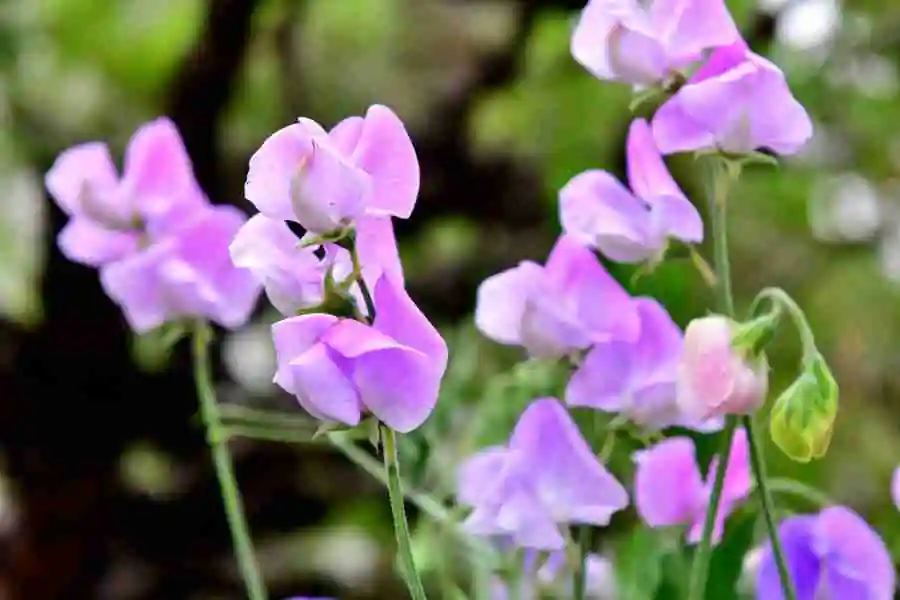
Engage your senses
Don’t just focus on plants that are visually appealing. Take into account the fragrance (such as lavender, rosemary, and sweet peas), the soothing sound of water or rustling grasses, the opportunity to taste fresh herbs, fruits, vegetables, or edible flowers, and the variety of textures provided by ferns in shady areas or succulents in sunnier spots. By creating a sensory experience, you can create a tranquil haven in your garden that can be enjoyed by all.
Learn the art of patience
Patience is a key element of slow gardening. Instead of being in a hurry to see instant outcomes, let’s appreciate the journey of growth and progress. Seeds will sprout when they are ready, plants will unfurl, and flowers will bloom in their own time. Take a moment to observe how buds transform into beautiful blossoms, and witness the ever-changing beauty of your garden.
The natural world doesn’t adhere to our timelines; it moves at its own rhythm, and we should do the same. By practicing patience, you can discover joy and satisfaction in the small miracles that unfold within your garden.
Reuse or repurpose what you have
Write down a list of things you need, and then take a look inside your cupboards. Get creative and think about how you can fulfill those needs using items you already have. You might be pleasantly surprised by the results.
We’re all aware that plastic is harmful to the environment, and most gardeners have a stash of plastic plant pots hidden away. However, throwing away all your pots in an attempt to be more eco-friendly may not be as helpful as you might expect. The real problem with plastic arises when it is disposed of. So, try to reuse your plastic pots as much as possible. Only when they are no longer usable should you consider replacing them with a more environmentally friendly option.
Learn to love weeds
While some people find weeding to be a meditative task, it can be equally relaxing and beneficial to leave some of them in the ground. I have personally experienced the overwhelming feeling of having a garden bed full of weeds. However, if you allow yourself to embrace some of the beneficial weeds and recognize the positive impact they have on the ecosystem, such as providing food and homes for insects, they may be less attracted to your favorite plants.
In fact, I started this blog because I needed to find a way to overcome the feeling of being overwhelmed by the task of “keeping on top of” my garden beds. The brambles and other weeds seemed determined to take over. I am still working on finding that balance, but I have become much more tolerant of what I can accomplish and what I simply need to let go.
Right plant, right place
For the best chances of success (with less effort), it’s a good idea to choose plants that will thrive in your garden. Placing the right plant in the right place will mean you need spend less time looking after it. You can select and care for seasonal native flowers that are well-suited to your climate and growing conditions to promote biodiversity. By creating a vibrant and diverse flower garden, you’ll be able to enjoy the ever-changing beauty of nature throughout the seasons.
Only do what you enjoy
To make gardening a pleasure, try eliminating the aspects of gardening that you find stressful or don’t enjoy. If you down’t like mowing the lawn, why not create a wild flower meadow. if you don’t enjoy digging, consider adopting a no dig approach (this also offers numerous other benefits for improving your soil).
Remember, there are no strict rules for what your garden should include. The most important thing is to ensure that the time you spend in it brings you joy.
In my opinion, in the world of sustainable seasonal flower gardening, slow gardening stands out as a mindful and intentional approach. By embracing the art of patience and connection with nature, you can create a garden that not only flourishes but also nourishes your soul. Slow gardening is a journey that invites us to slow down, appreciate the beauty of each moment, and cultivate sustainable beauty that lasts throughout the seasons.
Remember, slow gardening is not just about the end result; it’s about the process and the connection we forge with nature along the way. So take a deep breath, put on your gardening gloves, and embark on this enchanting journey of sustainable seasonal flower gardening.

